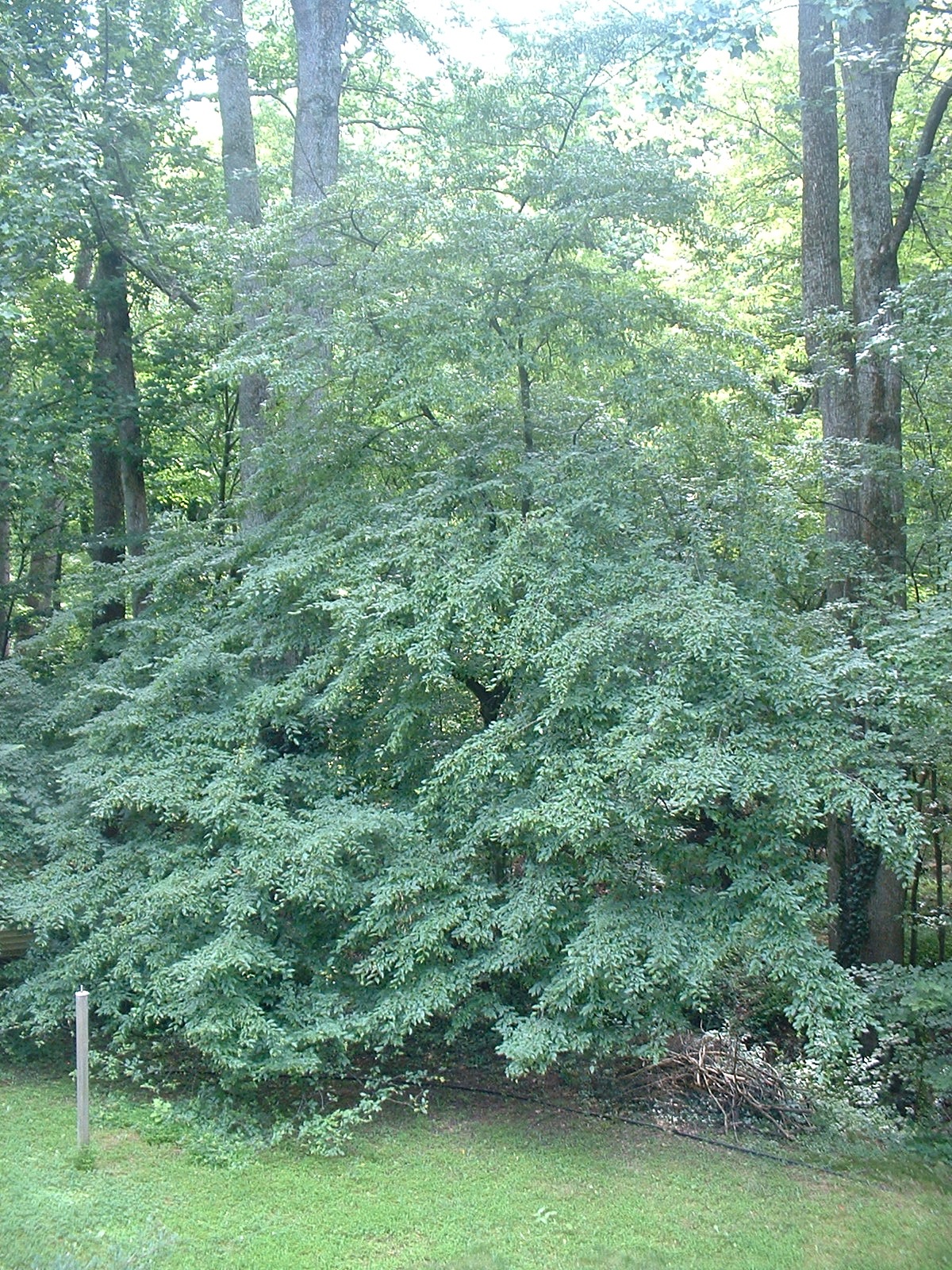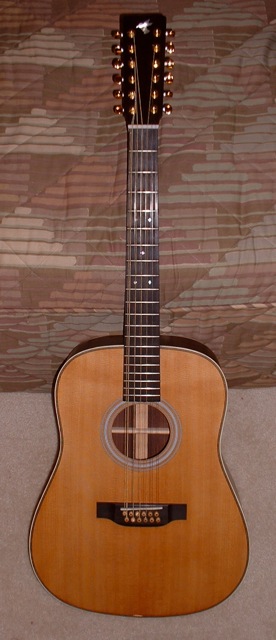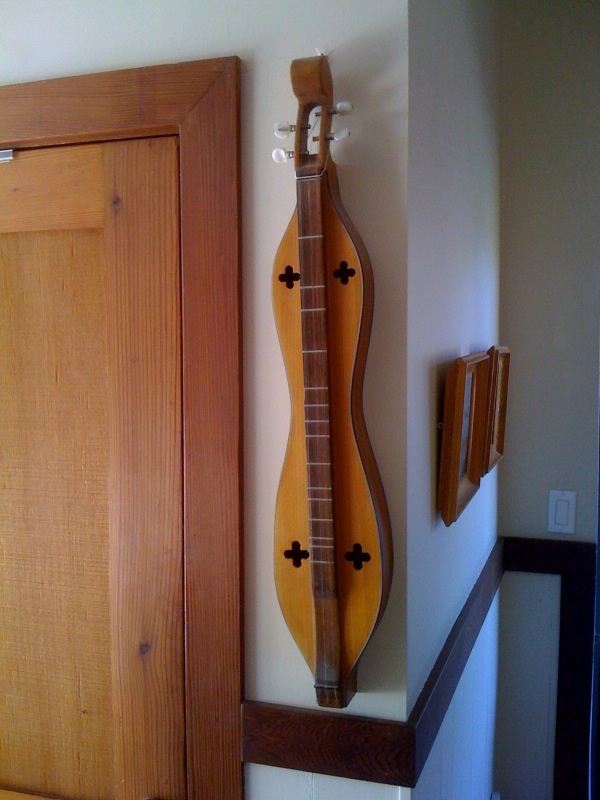Bowing a dulcimer
Adventures with 'other' instruments...
Richard Graham said:... the bridges on most older dulcimers do not easily lend themselves to good bowing technique. Besides, the fiddle was already present throughout Appalachia, and was in fact already the premiere instrument of the region.
I was mostly alluding to earlier
forms of the dulcimer -- zitters and such -- that seem to have been used more for hymn singing than for hoedowns; and more by German-American radical sectarians than by either Anglo-Americans, or more mainstream Protestants of any ethnicity. There was some documentation of that tradition just as it was fading from the scene, perhaps about as late as WWI, but mostly in the 19th century. What little we have about it in the written record has been reviewed on various ED threads, especially by Greg Gunner (Banjimer, there).But even the links with German pietists, Mennonites etc. may be more apparent than real; the people who saw fit to write on this obscure topic (the bowing of diatonic zithers) were after all in Pennsylvania, and surrounded by those folks. If Henry Mercer had collected in the vicinity of Burkesville, KY or Red Boiling Springs, TN around 1910, he might have found Scotch-Irish hillbillies bowing dulcimers. And btw calling them Frog fiddles.Anyway, it was done here and there, in Appalachia and elsewhere, a few generations before Ken Bloom was on the scene. The need perceived by violinists and their sympathizers for "good bowing technique" is fairly irrelevant, if one is using a slack, homemade bow -- and letting one's drones be drones. So the flat bridge is OK, really. On an old TMB, it's built-in (the "bridge" is a piece of sheet metal bent over a nail, as is the nut). That didn't keep people from bowing a TMB.That's not quite the same as bowing a psalmodikon -- an instrument that normally has one string, and frets at every semitone (though it may also come with a set of diatonic transposing sticks, painted with the gapped scales for playing in several different modes). With one string, the top of the bridge can be flat, arched, concave, or whatever.Dick


 Also, I can play most brass instruments (of the band type); most fretted strings (but concentrate on kontrabass balalaika, mainly because the Washington Balalaika Society orchestra keeps me too busy to have time for many other musical activities); some keyboards, including bayan (Russian B-system chromatic button accordion), which doesn't have the piano type arrangement of keys; several recorder-like flutes (but not the transverse ones); twangophones, such as Jew's harp and mouth bow; jug, washtub bass, etc.
Also, I can play most brass instruments (of the band type); most fretted strings (but concentrate on kontrabass balalaika, mainly because the Washington Balalaika Society orchestra keeps me too busy to have time for many other musical activities); some keyboards, including bayan (Russian B-system chromatic button accordion), which doesn't have the piano type arrangement of keys; several recorder-like flutes (but not the transverse ones); twangophones, such as Jew's harp and mouth bow; jug, washtub bass, etc.



